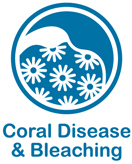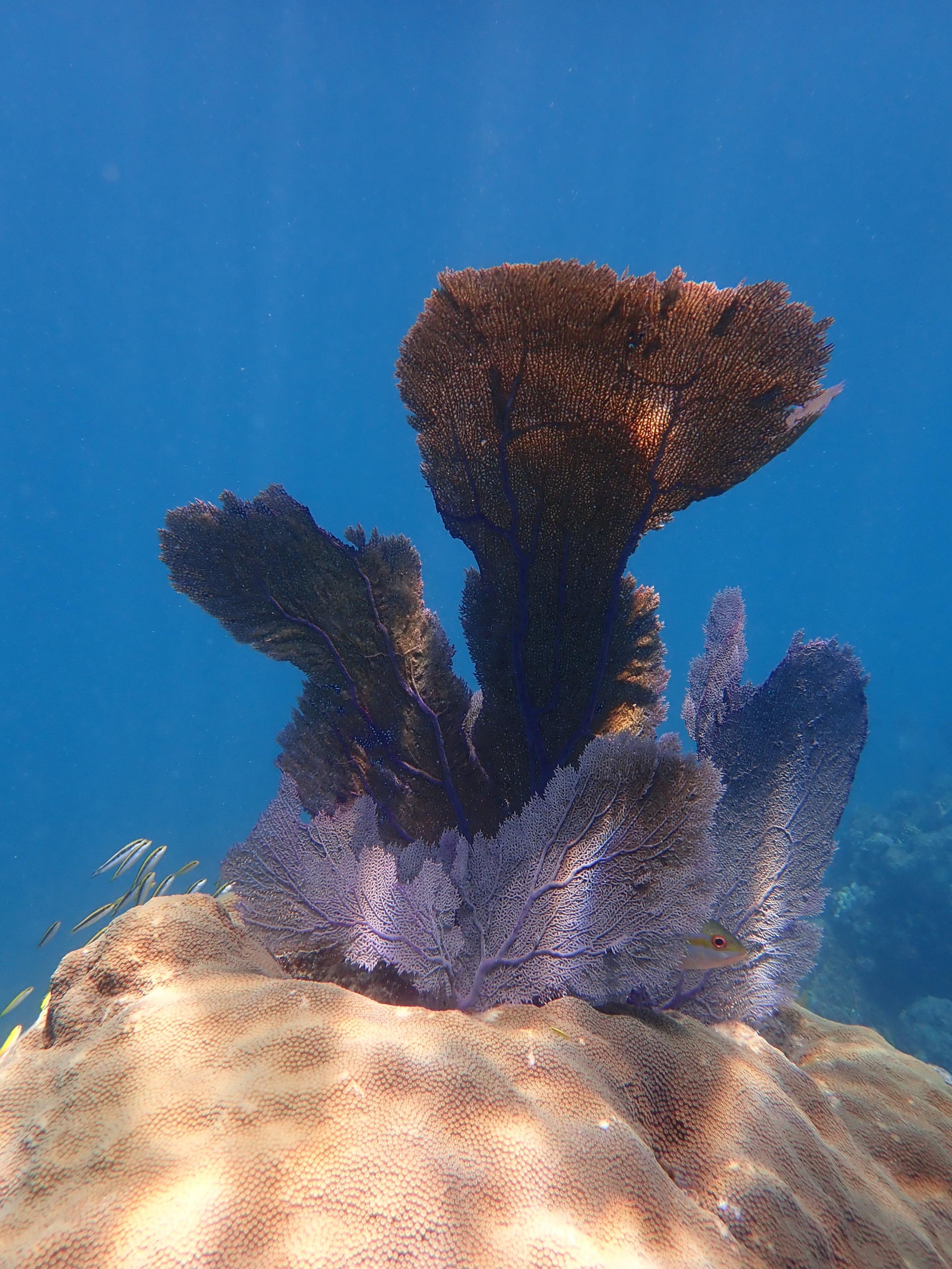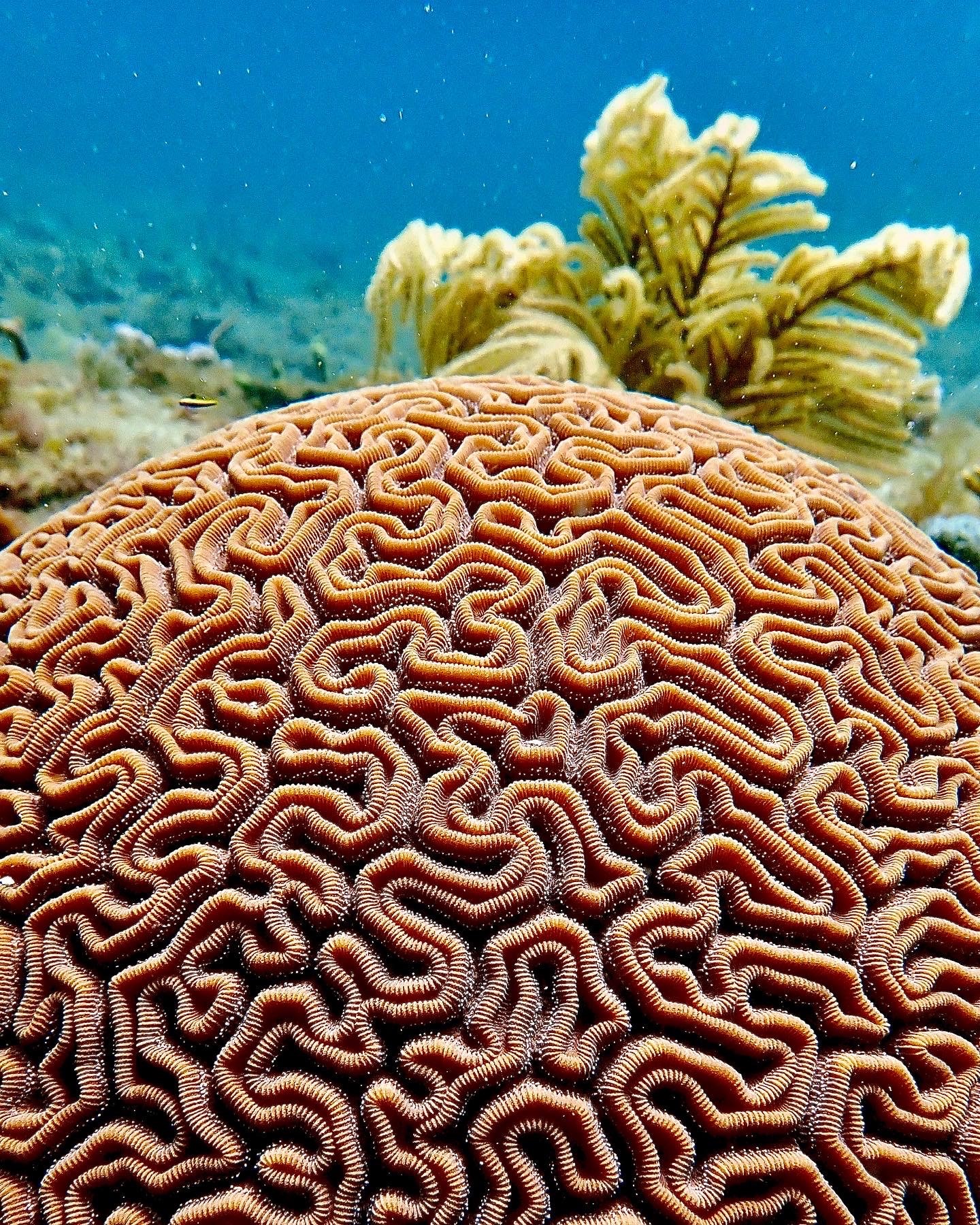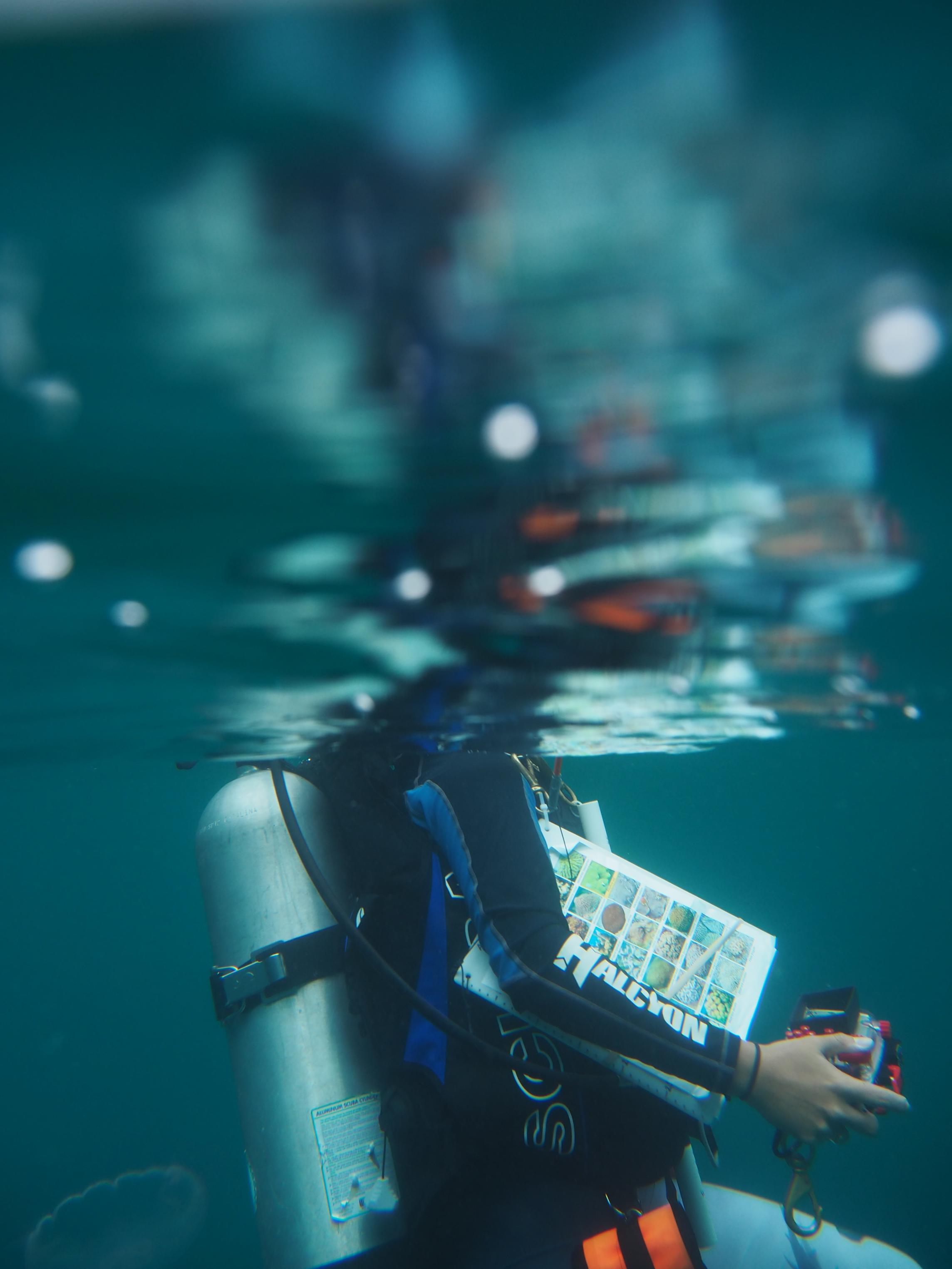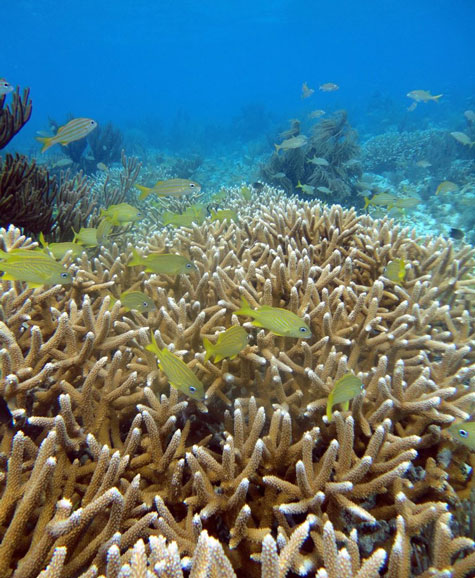Southeast Florida Action Network (SEAFAN) BleachWatch
There are many questions about coral bleaching and disease that must be answered to fully assess the environmental impact of disturbance events. Where and when are they taking place? What species are more vulnerable? What is the duration and severity of these events? Finally, what is the recovery and resilience potential of the Southeast Florida coral reef ecosystem?
The Southeast Florida Action Network (SEAFAN) BleachWatch Program was designed to help answer these questions and serves as an early warning system for coral bleaching and disease in the Southeast Florida region. It aids in the detection and monitoring of these disturbance events, contributing to enhanced scientific understanding by:
If you are a trained BleachWatch Observer with field observations indicating the presence or absence of coral bleaching and/or disease, please:
Become a BleachWatch Observer!
Recreational, commercial and scientific divers are encouraged to become part of the BleachWatch Observer Network by participating in a virtual or in-person training. These two-hour classes include a short lesson on coral biology, an overview of coral bleaching and disease, a description of the BleachWatch Early Warning Program, and how to properly assess coral condition, record observations and submit reports. After the initial training session, observers have the option to further their citizen science education by participating in an in-water training.
- To begin an online training, fill out your information and the session will start automatically. Once completed, email the program coordinator to receive a certificate and officially join the Observer Network!
- Sign up to provide your contact information and participate in a classroom or in-water training. An instructor will contact you when an upcoming BleachWatch training is scheduled.
- If you are interested in becoming a BleachWatch Instructor to teach classes in the community, please fill out this survey.
For more information contact, Taylor.Tucker@floridaDEP.gov.
Program Documents:
- Bleaching Fact Sheet
- Disease Fact Sheet
- Datasheet
- Datasheet Instructions
- Coral Condition ID Guide (booklet)
- Coral Cheat Sheet (beginner level)
- BleachWatch PowerPoint Presentation
Program Overview
Since the 1980’s, the frequency and severity of coral bleaching has been increasing globally and along Florida's Coral Reef. To address this concern, the Florida Keys National Marine Sanctuary and Mote Marine Laboratory established the Florida Keys BleachWatch Program in 2005, modeled after the original BleachWatch Program in Australia for the Great Barrier Reef. In 2013, the Florida Department of Environmental Protection extended this early warning network to the Coral AP, creating SEAFAN BleachWatch. Originally focused on coral bleaching, the program expanded in 2016 to include observations of coral disease after the stony coral tissue loss disease outbreak, which first appeared in 2014. The BleachWatch Program, through community reporting, has played a crucial role in understanding and responding to the disturbance events along Florida’s Coral Reef.
Coral Reef Disturbance Monitoring
BleachWatch Observer Network
The onset and severity of coral bleaching can vary by species and geographic location, which makes it very difficult to predict where or when it will occur. After each visit to the reef, divers complete a datasheet, either printed or online and submit it to the BleachWatch coordinator. Divers are asked to report whether they see bleaching or disease and are encouraged to send pictures of their observations. Reports of no bleaching or no disease at any time of year are equally important to help establish baseline non-bleaching conditions.
DEP Coral Reef Conservation Program
The DEP Coral Reef Conservation Program continues to develop and collaborate on resilience-based management strategies to address stressors affecting Florida's Coral Reef. One key component of resilience-based management is the Disturbance Response Monitoring program (DRM), managed and coordinated by the Fish and Wildlife Research Institute (FWRI). DRM is designed for monitoring shallow coral reefs from the Dry Tortugas to Martin County and involves a probabilistic sampling design as well as a condition monitoring protocol for stony corals, implemented annually during the late summer months when sea surface temperatures are highest. The DEP Coral Reef Conservation Program collaborates and conducts surveys along with many other partners across the entirety of Florida’s Coral Reef over an eight to 10-week period.
Environmental Monitoring
Weather conditions such as calm winds and clear sunny days can lead to an increase in sea temperatures and are generally associated with coral bleaching events. Seasonal climate predictions and local weather forecasts are monitored for periods of light winds and decreased cloud cover, which may intensify coral stress during summer months when sea surface temperature is elevated. Small increases in sea temperatures over several weeks or large increases over a few days stress coral and, if these conditions persist, can lead to coral bleaching.
Current Conditions Reports, generated by the BleachWatch Program coordinator during the summer months, provide an overview of the current coral conditions throughout Southeast Florida and provide a summary of all available data being collected, with a focus on BleachWatch Observer Network reports.
Current Conditions Reports
2025: June 30 - Low, July 30 - Moderate, August/September - High, October/November - Low.
2024: June 28 - Low, July 31 - Moderate, August - High, September/October - Moderate, November 21 - Low
2023: June 4 - Low, July 12 - Moderate, October 9 - Low, November 19 - Low
2022: July 1 - Low, August 1 - Moderate, September 10 - High, October 18 - Low, November 26 - Low
2021: June 2 - Low, September 27 - Low
2020: September 9 - Moderate, September 29 - Low, October 26 - Low
2019: July 24 - Low, September 12 - Low, October 11 - Low
2018: July 30 - Moderate
2017: June 12 - Low, July 13 - Low, September 6 - Moderate, November 15 - Low
2016: June 6 - Low, July 1 - Low, August 1 - Moderate, August 16 - Moderate, August 31 - Moderate, September 29 - Low, October 28 - Low
2015: June 5 - Low, July 6 - Moderate, July 17 - Moderate, July 31 - Moderate, August 18 - Moderate, September 1 - High, September 15 - Moderate, October 16 - Low, November 17 - Low
2014: July 1 - Low, August 1 - Moderate, August 15 - Moderate, September 2 - High, September 16 - Moderate, October 16 - Low, November 14 - Low
Additional Resources:
For more information contact, coral@floridaDEP.gov.



